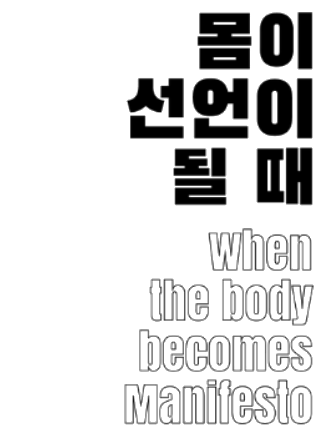
Artists
- Bora Lee-Kil
- Kyuri Jeon
- Ragyeom Kang
- SHARE, center for Sexual rigHts And Reproductive justicE (Aan Paak / Eunjin Lee / Tari Young-jung Na / Design collaborator Hyejin Yeo)
- A-P-P (The Archive of Public Protests)
- Elektra KB
- Kira Dane & Katelyn Rebelo
- Ola Jasionowska
- Director Hwayong Kim
Bora Lee-Kil
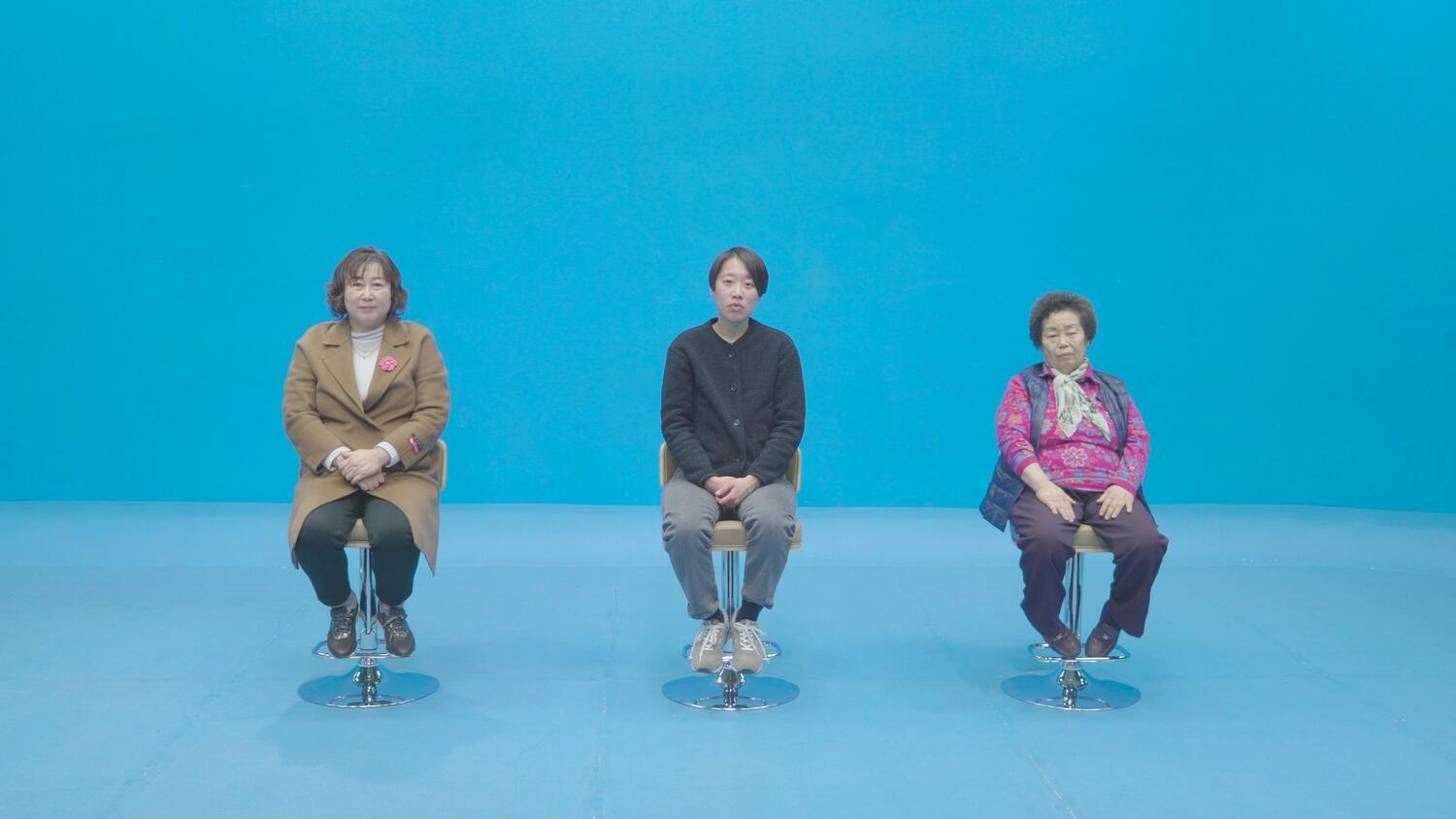
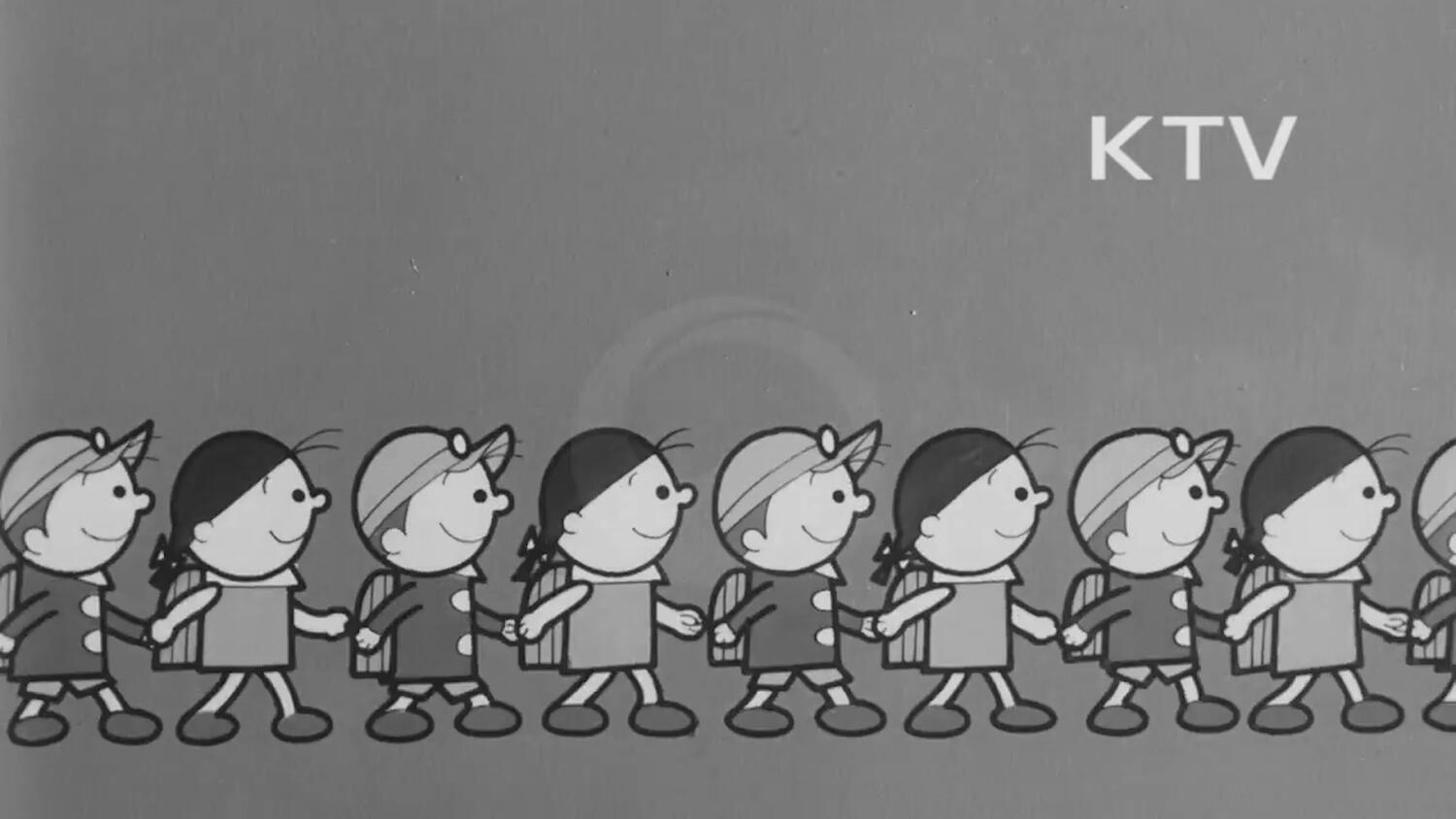
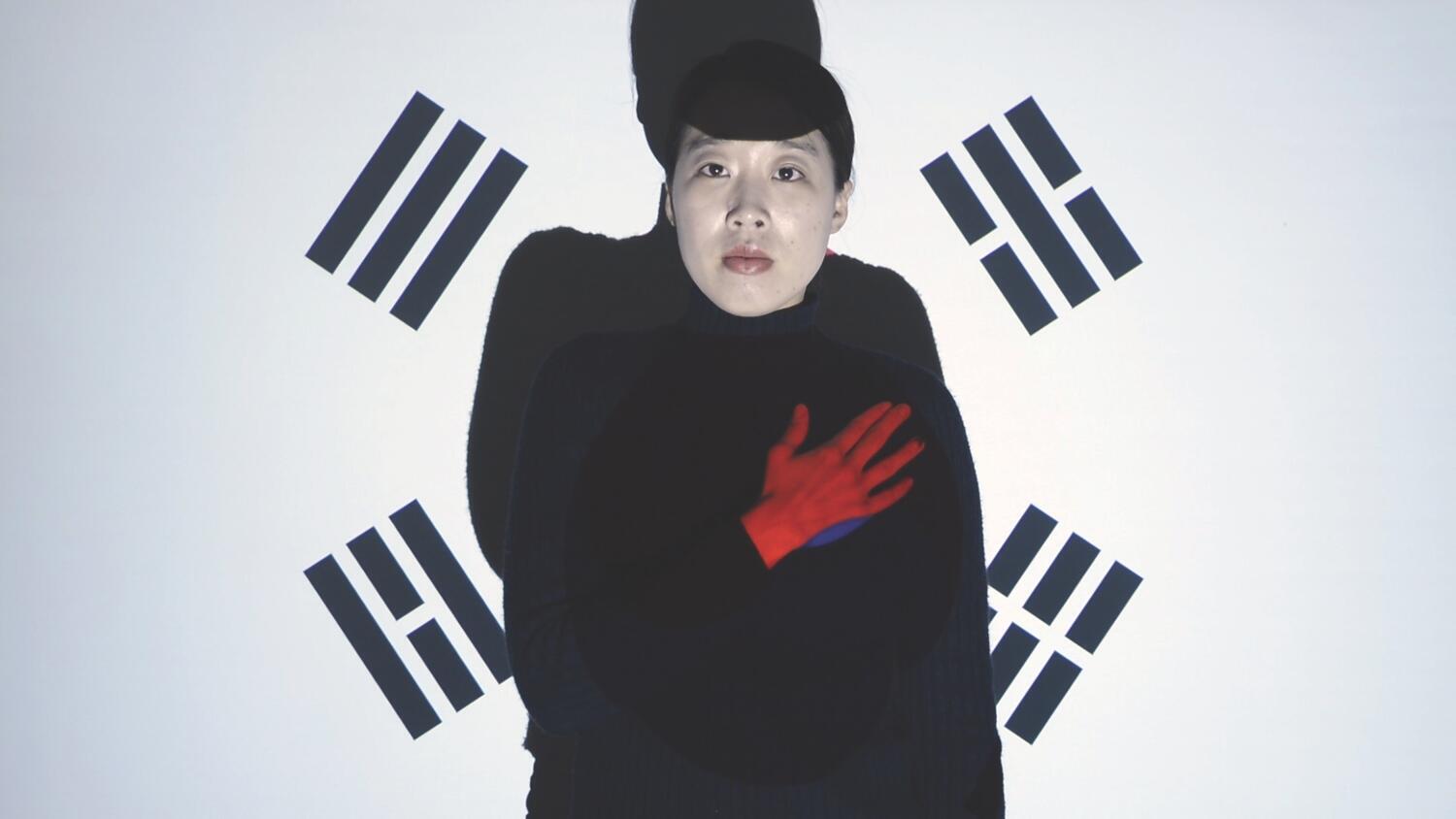
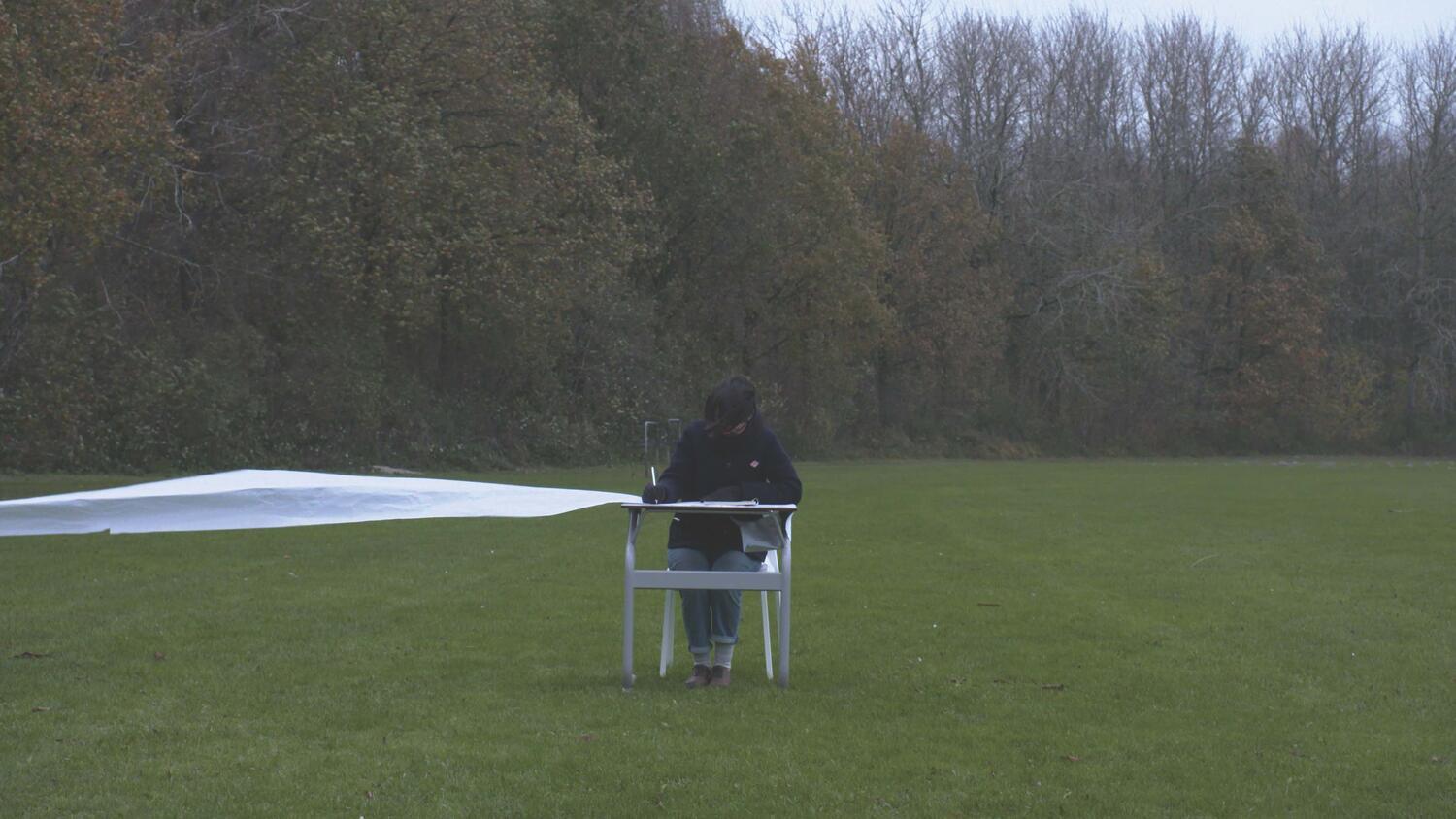
My Embodied Memory, 2019
Single-channel video, 16’ 57’’
Bora Lee-Kil, a co-organizer and participating artist, wrote a column called #I_Aborted in 2016, when the Korean government decided to tighten the punishment for illegal abortions in hopes of increasing the birth rate. This was a declaration of solidarity with those who came out on the streets calling for the abolition of the abortion law. She started the process, and many women replied. The online world has become another public sphere. This scene was impressive because the procession of speeches became a moment of liberation, since women had previously been silent, hiding their “sin.” My Embodied Memory creates a forum for mothers and grandmothers, who were mentioned in the column, to share their experiences of abortion. While forming a sympathetic bond of women forced to perform reproductive roles in a patriarchal society, the artist becomes a link for dialogues between the grandmother–mother relationship, which has complex emotions, including guilt as a family member. As a sign language-speaking non-disabled person, the artist has physically connected a Deaf mother and a non-disabled grandmother. Metaphorically, she is the subject of breaking down the wall because they could not have an honest conversation about the memories of their battlefields-like bodies.
Bora Lee-Kil is a South Korean writer and filmmaker who believes that being born to and raised by deaf parents has given her the best gift of storytelling. She graduated from the MA program, Artistic Research in and Through Cinema in the Netherlands Film Academy. Glittering Hands(2014), based on her stories of growing up moving back and forth between two worlds – one of silence and one of sounds. It won the jury’s special mention for Asian New Currents at the Yamagata International Documentary Film Festival in 2015 and was theater-released in Korea and Japan. Her recent film, Untold(2018) received the jury’s special mention for the Mecenat Award at the Busan International Film Festival in 2018 and won the David Plath Media Award by Society for East Asian Anthropology in the US. She published several books including 『Glittering Hands』 『Any Life Experience Is Worth the Shot』 『Speaking after you』, etc. She received the Young Art support Amsterdam Award in 2020 and the Gender Champion Award by the Netherlands Government in 2021. Our Bodies, which is being developed as a feature film, was selected as a Doc Station project at Berlinale Talents 2020.
http://www.boraleekil.com / nomadbora@gmail.com
Kyuri Jeon
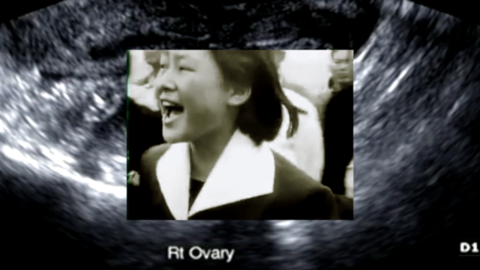
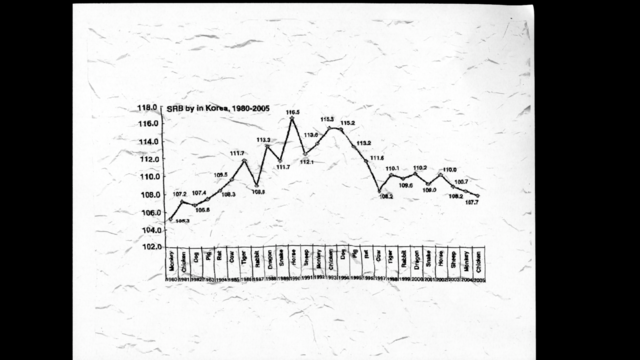
Born, Unborn, and Born Again, 2020
Single-channel video, 12’ 38’’
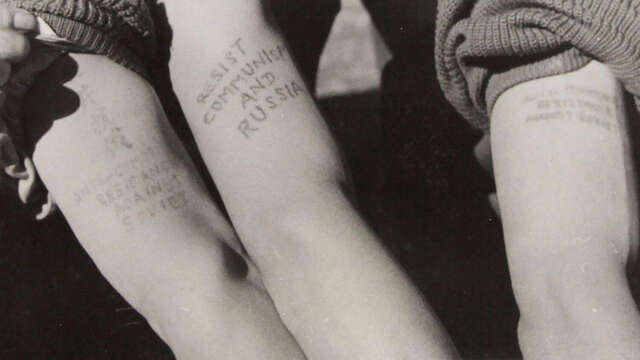
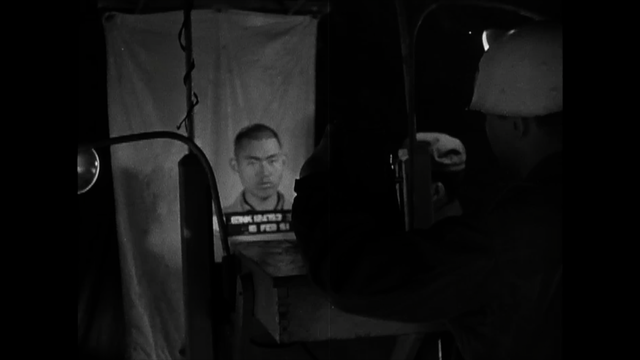
The Flesh-Witness, 2021
Single-channel video, 13’ 40’’
Supported by When the body becomes Manifesto
In 1990, the Year of the White Horse, newborns in Korea were born with the most disproportionate sex ratio in history. The combination of the misogynist and patriarchal belief that women born in this year would have stubborn disposition and the development of medical technology to differentiate the sex of a fetus before birth led to the abortion of female fetus. The ratio worsened after a parent’s third child. Under the social situation where abortion was illegal, women were culturally encouraged to have abortions. It was ironical that the responsibility was still laid on women. Born, Unborn, and Born Again, by Kyuri JEON, a survivor of selective female abortion in 1990, imagines and recalls past and future White Horse women: one who was born in 1930 but died early, one who was not able to be born in 1990, and one who was born again in 2050. Starting from her personal story with a firm foothold in the present, the artist follows traces and sources of oppression that have been carried over to our bodies today. The work goes from the misogynistic superstitions passed down during the Japanese colonial era to the regulation of reproductive rights at the national level and contemplates future responsibilities. Further, the artist does not escape from the history of oppression; instead, she physically goes across countries and learns a new language to affirm the attributes of the Year of the White Horse that have been overlaid on her and newly connects the past and the future to create a parabola of escape. Departing from the masculine narrative that presents a grand discourse that diminishes the ordinary, the work recalls not the vaguely segmentalized future, but a near future, a farther future, and a faraway future in great detail. It says that what we are dreaming now becomes the present of the future.
The new work The Flesh-Witness is part of a multimedia installation and video project series that explores how today’s socio-structural oppression remains in our bodies and self-images by tracing the post-war history of Korean tattoos, especially those done in the 1950s, which were engraved on the bodies of prisoners of war. During the Korean War, prisoners from North Korea, China, and civilians were controlled by the United Nations Command, and their repatriation to which country and ideology was discussed following the law of voluntary repatriation.They had to be engraved with anticommunist slogans or the South Korean flag. It was a matter of survival, so they would not appear ideologically suspicious. Even if they wanted to go North, they couldn’t, as they had an anticommunist slogans or symbols on their bodies. At this particular point in time, they were forced to declare their bodies, and now they testify to the violence of power inflicted on them through the traces left on their bodies. Beginning from personal history, the artist’s interest in the oppression of the body turns to the past, which has created the present, and expands itself via time, gender, and sex.
Kyuri Jeon(b.1990) is an interdisciplinary artist who lives and works in New York/Seoul. Through installation, video, and performance Jeon explores interconnectedness of mobility, language, dislocation, gender, and identity manifested on the body. Jeon’s work has been featured at Mütter Museum, USA; The Institute of Contemporary Art, USA; Artists’ Moving Image Festival, UK; Festival Film Dokumenter, Indonesia; and DMZ International Documentary Film Festival, KR. She holds a BFA from Korea National University of Arts, and an MFA from the University of Pennsylvania and Seoul National University. She is a recipient of Toby Devan Lewis Fellowship, and Second Prize in Asian Shorts Competition, Seoul International Women’s Film Festival.
http://kyurijeon.com / qrijeon@gmail.com / @kyuri.jeon
Ragyeom Kang
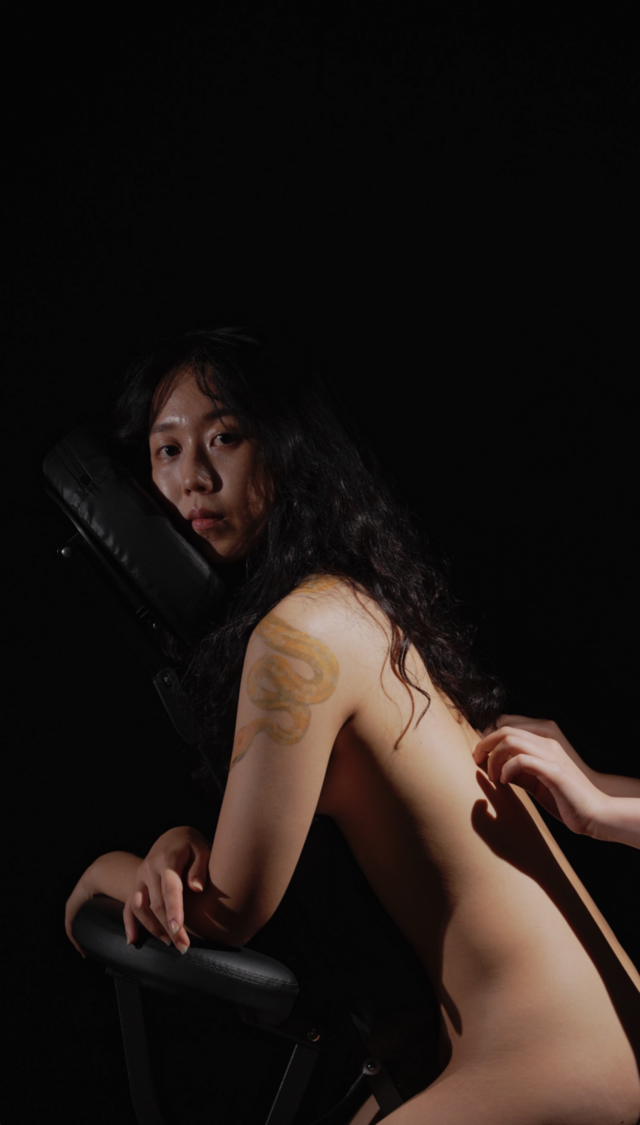
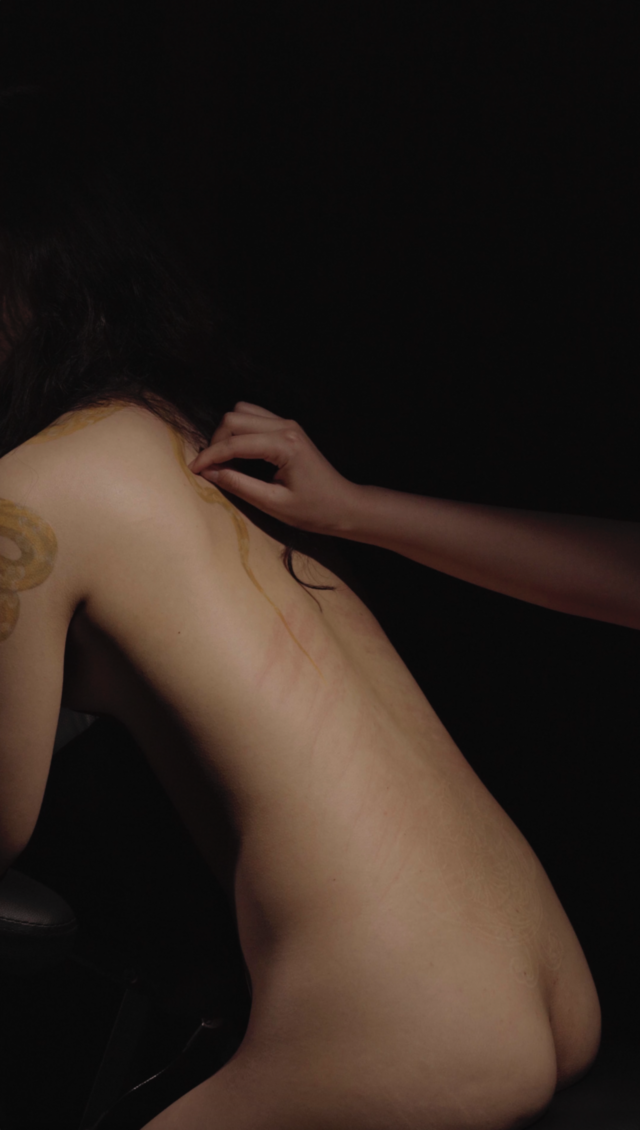
I dream about a baby rat born from two eggs, 2021
Single-channel video, monitor, sound, tattoo chair, dimension variable, 4’ 15”
Supported by When the body becomes Manifesto
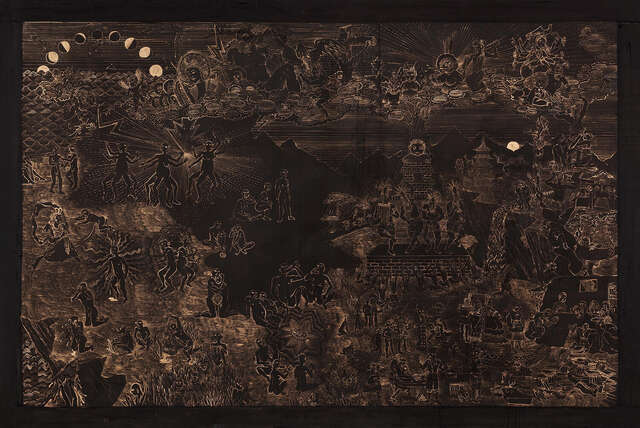
The Map of Wishes, 2013
2013golden powder and ink on silk, 130 x 193 cm
Supported by When the body becomes Manifesto
I Dream about a Baby Rat Born from Two Eggs is a work inspired by a paper published in 2018 in the scientific journal Cell Stem Cell that told of two mother mice that gave birth through unisexual reproduction. The work unfolds a sci-fi imagining of reproduction without male fertilization. The artist whispers to the audience about the experience of incongruity between the desire to give birth to an evolved being and the body of reality. This creates a quiet rift in the reality in which the desire for reproduction cannot be realized unless the heterosexual-centered normal family norm is performed. The work brings to mind various relationships that are often erased by a society in which imagining the expansion of the family is deprived of, including reproduction. The audience is invited to participate as the artist’s same-sex lover or as a baby born from two eggs in the future that has not yet been reached. They also get to find a rib from the lover’s back, draw a tattoo of a snake mating with another snake on an arm, and become a subject of new birth. For those who have settled into the system already, this eventually becomes an opportunity to ask what natural reproduction really is in the world, where society comes forward to create an environment for reproduction by mobilizing paranormal and artificial medical technologies at all costs.
Queering a mythical image by imagining a completely new birth through the image of mating snakes has been shown in various forms from the artist’s early work The Map of Wishes. Borrowing an image from Buddhist illustrations, it depicts the various life processes of Buddha, Zeus, other gods, and people split in Plato’s Symposium. The imagination of their coexistence is unfolded by collecting all the abjections into one place, such as non-human animals and humans, humans and gods, and women and men; all of these exist in between or beyond the various boundaries. The artist, who is also a tattooist, creates a space like her own studio. The Map of Wishes, on the wall, invites us not only to a private space, but also into the world of her ideas.
In addition, during the exhibition, as a queer female artist, she will write a declaration, called A Declaration of New Pregnancy, Contraception, and Sex Education for Resolving the Low Birth Issue. Rather than a solution that reflects realistic conditions or political correctness, it appears to be a warning to a society that treats female bodies functionally. When females are identified as “fertile” based on an age indicator, this declaration could work as their proof of existence sent to the government, which is aiming to fix the low birth rate issue. A queer woman once again slips off of the list, not because of rejecting the norm of reproduction, but because of her sexual orientation. The declaration will be completed during the exhibition as the artist intervenes and captures the words that are spoken or exposed in the venue. This is both a coming out and a text of networks among many existences. It will be published on the exhibition’s website and function as a live performance. The completed text will be reconstructed as a performance after the exhibition.
Ragyeom Kang, born in South Korea in 1991, is an artist and tattooist based in Seoul. She holds a Bachelor’s degree from the department of fine arts at the Korea National University of Arts and a Master’s degree from the university’s department of intermedia. She borrows the dramatic artistic directions of myth and religion created from the imaginations of humans and is interested in transferring these to the body. She participated in Endless Void (2019) at the former Namyeong-dong Anti-communist Investigation Office, currently the Democracy and Human Rights Memorial Hall, and contributed a performance piece in which the historical space of state violence was engraved and tattooed on a body.
https://ragyeom.com / kang.ragyeom@gmail.com
SHARE, center for Sexual rigHts And Reproductive justicE
(Aan Paak / Eunjin Lee / Tari Young-jung Na / Design collaborator Hyejin Yeo)
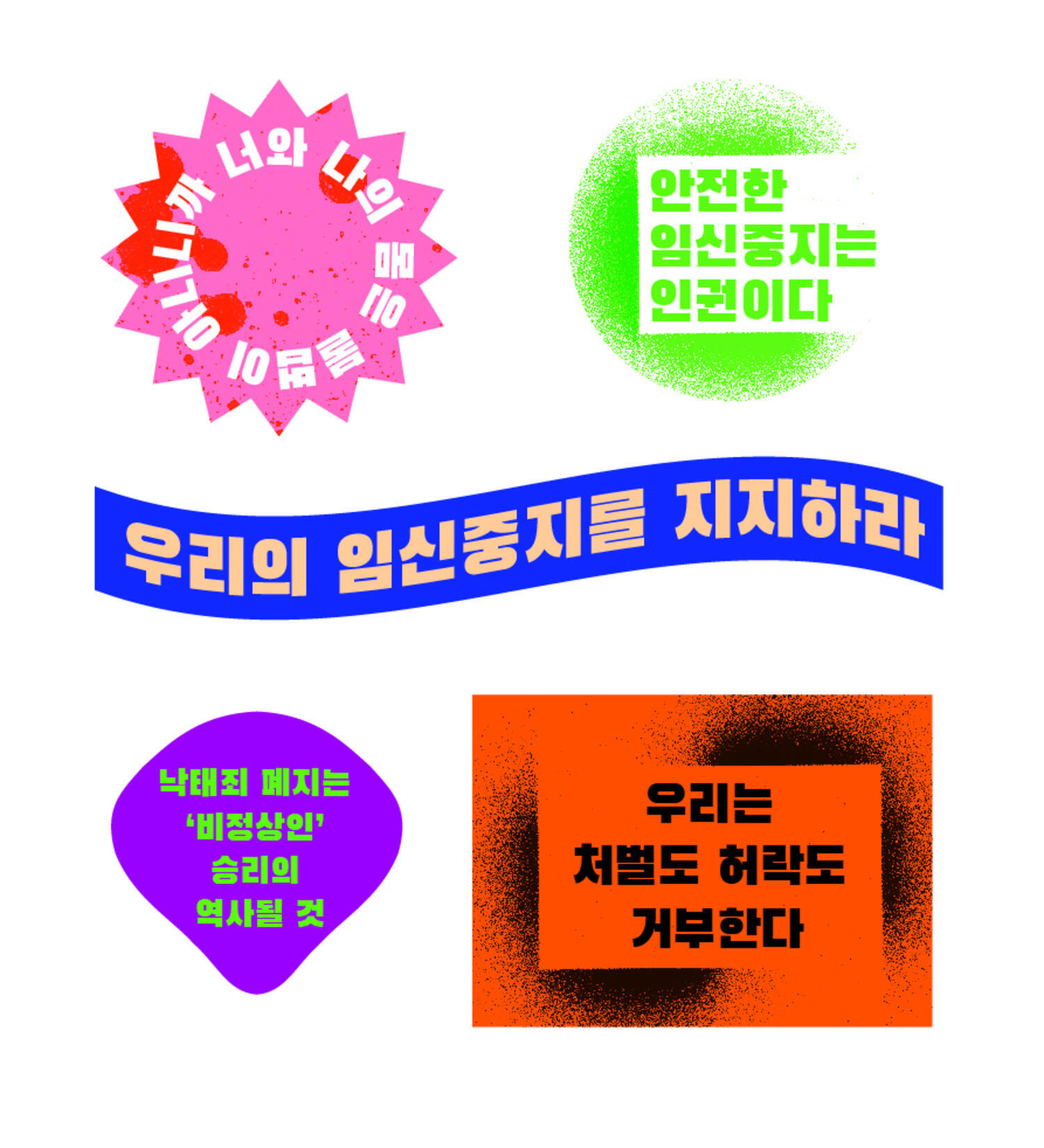
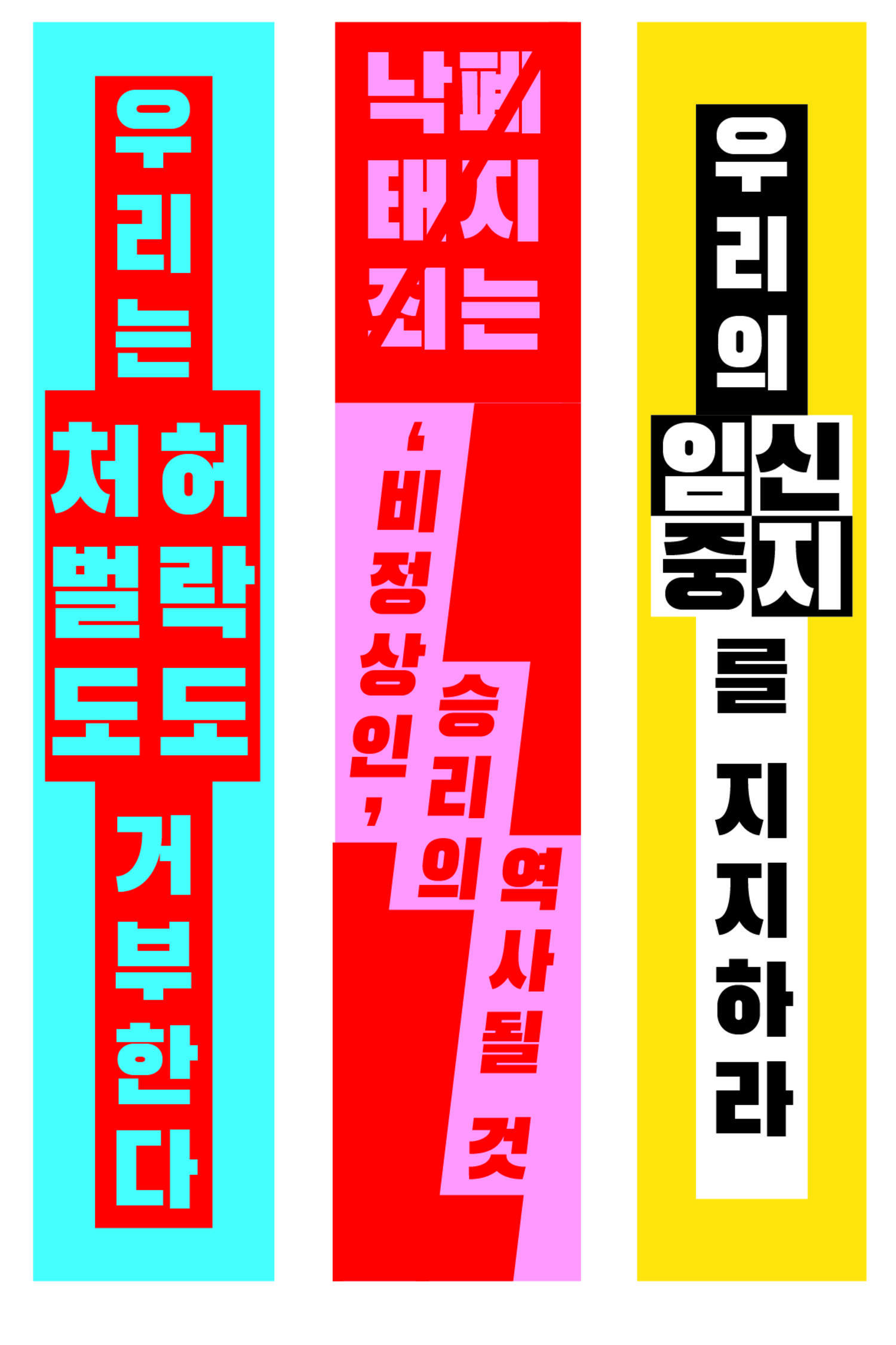
Uneven Chronology: Exploded resist, utterances of bodies, 2021
banner, sticker, mixed media, dimension variable
Supported by When the body becomes Manifesto
SHARE (the center for Sexual rigHts And Reproductive JusticE) is an organization that has promoted the importance of sexual and reproductive rights without discrimination for everyone. Its movement against the abortion law goes beyond simply ensuring the decriminalization of women’s abortion; it has also shown its command of diverse methods and approaches to research. In particular, SHARE published Battleground: Sexual and Reproductive Politics around the Criminal Codes on Abortion in South Korea (Humanitas, 2017), which invites experts such as activists, researchers, lawyers, and doctors to discuss various hierarchies and forms of discrimination behind the abortion crime from an all-round perspective, including policy, religion, culture, health care, and human rights around sexual and reproductive rights. These in-depth activities contributed to the movement to abolish the abortion law, but above all, they present various discourses on the sexual rights and reproduction status of minorities by guiding how we should expand and sustain the perspective of the reproduction movement after the decriminalization of abortion. In this exhibition, rather than showing a single independent work, SHARE weaves in where continuous voices in different places are located in public history, which becomes an artwork and personal declaration of each artist.
In this exhibition, SHARE expands the chronology table that was originally published in the book mentioned above. The original text chronologically summarized domestic and international legal and institutional changes and civil society movements centered on criminal abortion laws. However, this version of the exhibition presents a more multifaceted view. The institutional attempts to control the bodies and movements that create freedom and rights are divided into three (unspecified) categories, with a language of resistance that erupted from everywhere.
Paying attention to the intersections and interactions of various issues/positions around the body, such as abortion, eugenics, pleasure, disability, women, and queerness, SHARE forms a dispersed space instead of a linear and flat form. The audience goes back and forth among the three chronological tables, one side for the recorded event and the other side for its background or course. With The Words of Square, the audience often encounters and intersects each other and positions themselves at the center of this history.
SHARE is the first organization in South Korea, which provides comprehensive and intersectional SRHR services. SHARE researches laws and policies for SRHR, and provides medical information and support. They also make resources and training programs for instructors of sex education, counselors, health professions, and translators. The visions of SHARE are to make a society where everyone can be guaranteed their sexual and reproductive rights, and to achieve social justice for this aim.
http://srhr.kr
Participants in this exhibition
Aan Paak Studied literature and philosophy in Seoul. Members of SHARE and No New Work, a feminist art collective based in Seoul. Writing in the fields of arts and politics, with focuses on queer, disability, representation and ethics.
slowlyaspossible.net
Eunjin Lee is a researcher in gender law whose interest centers on the dynamics between law and society on Korean soil, with a particular focus on sexuality and reproduction. She is interested in how sexual slavery imposed by the Japanese military, prostitution in U.S. military camp towns, and family planning services are linked to current inequalities and injustices. She has published an oral statement collection called IMO: Representation of U.S. Military Camptown Women in Pyeongtaek, questioning the way how victims and social minorities are represented.
eunjin3435@naver.com
Tari Young-jung Na is a member of SHARE (the center for Sexual rigHts And Reproductive JusticE), Women with Disabilities Empathy, Institution for the Rights to Found Family, and Research Group POP(Power of Pleasure). She also works with the HIV/AIDS Human Rights Activists Network and The Rainbow Refugee Coalition and studies at the Error Queer Seminar. She works, studies, and writes busily every day, but still tries to stay connected to her art practice as to allow her breathing air in between these pursuits.
taripink@gmail.com
Design collaboration
Hyejin Yeo is a member of the graphic design studio dl.tokki.dl. She also organizes various art projects with friendly colleagues and teams that are based in a few spaces.
ydanji@gmail.com
A-P-P (The Archive of Public Protests)
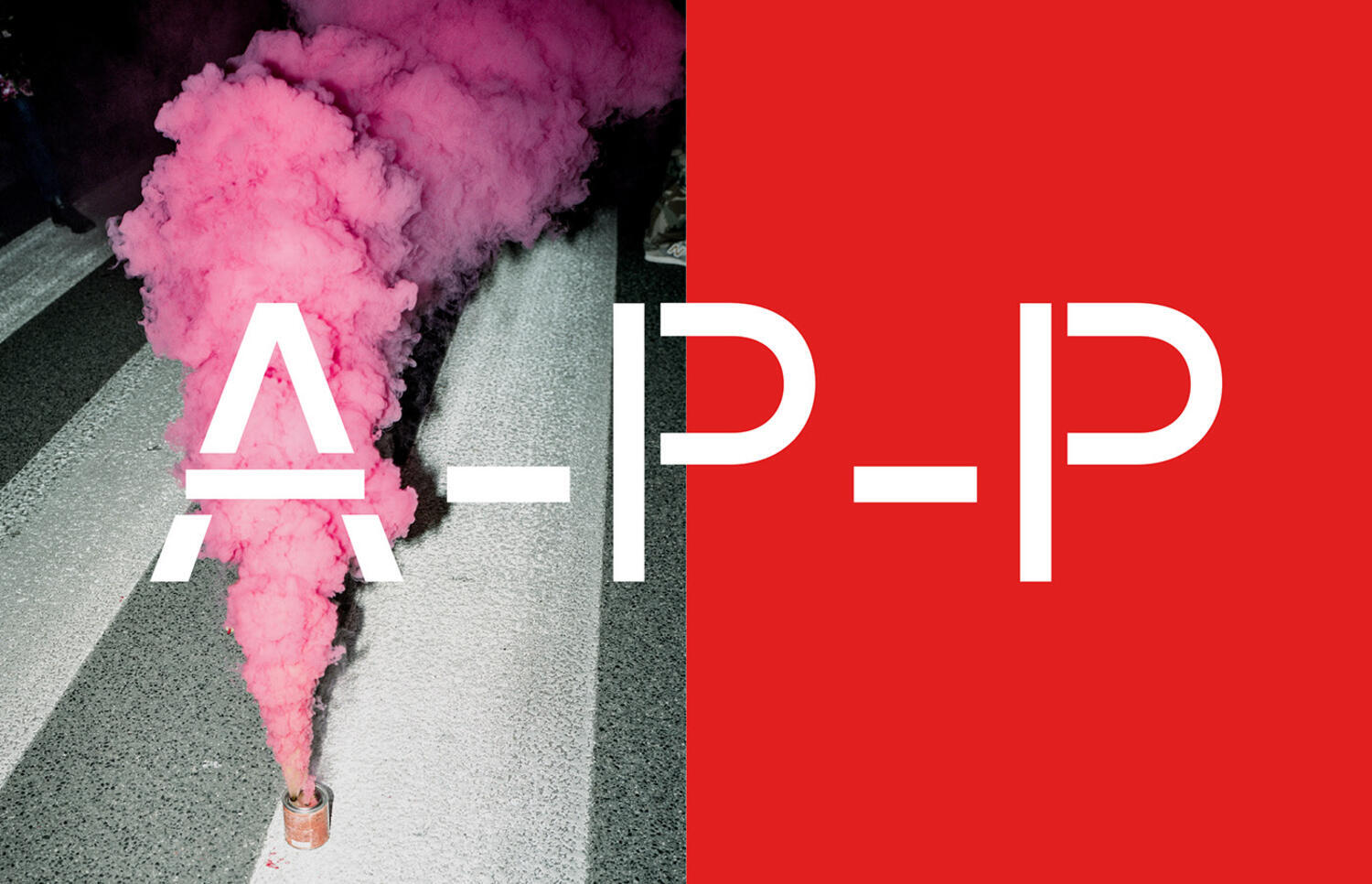
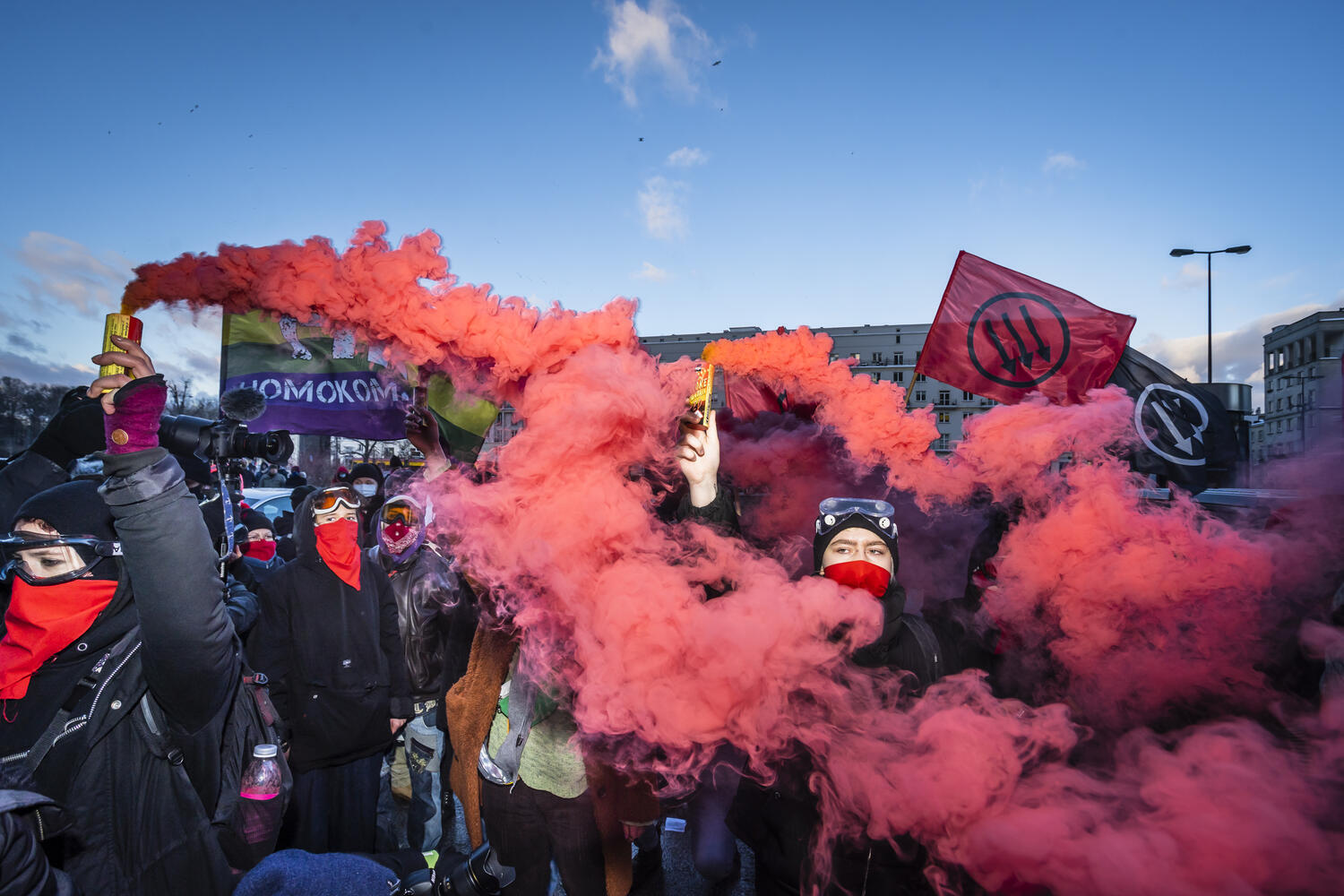
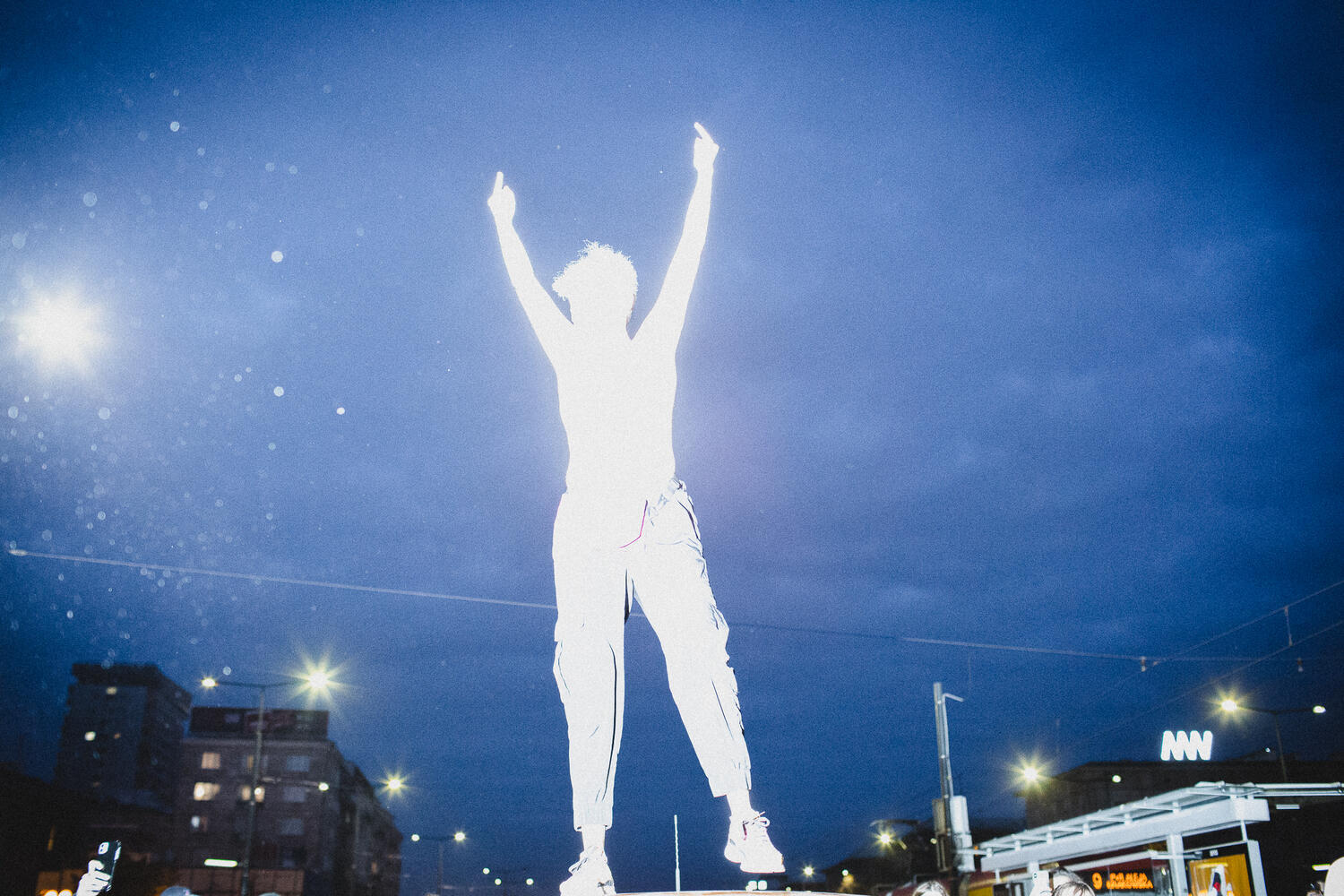
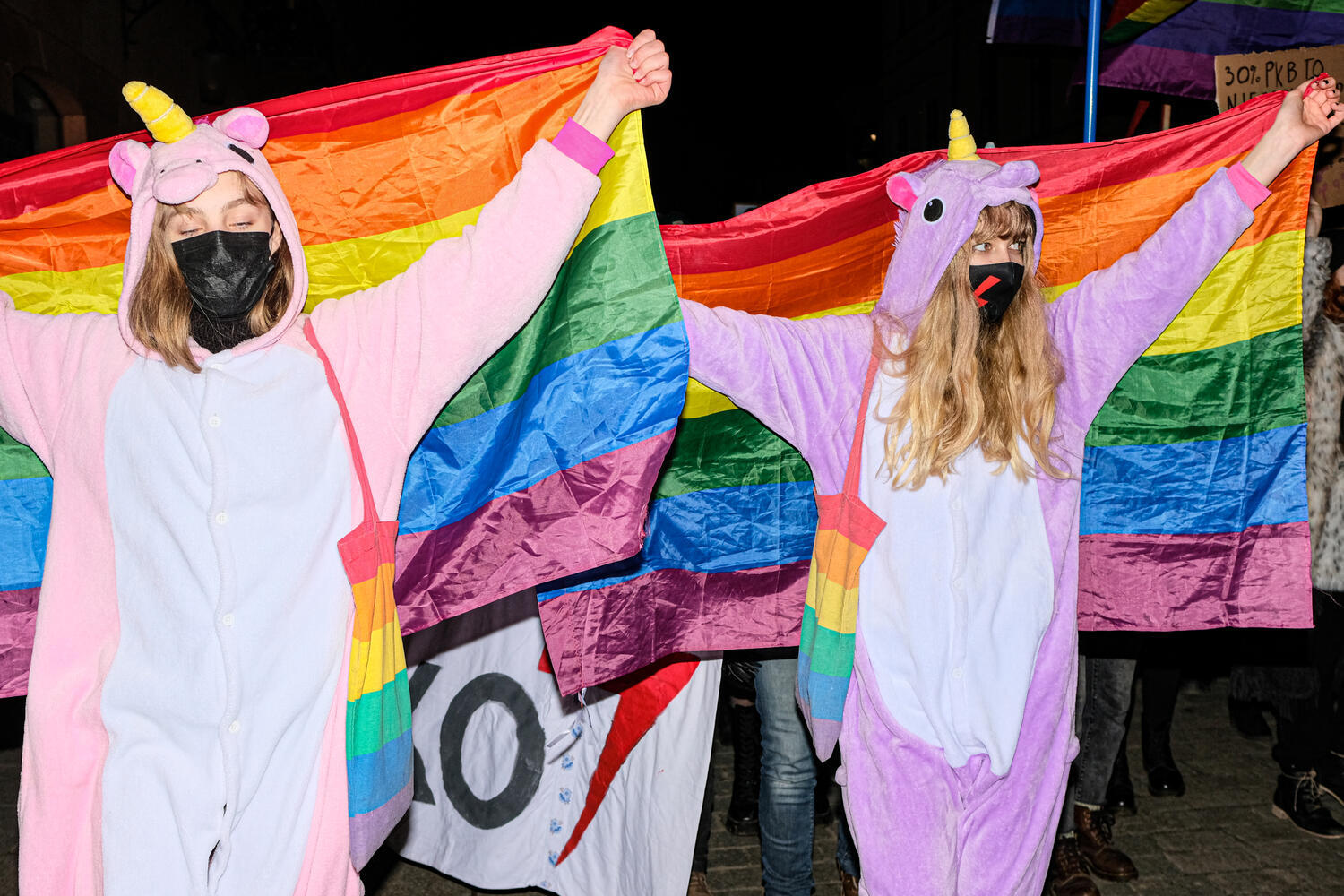
The Archive of Public Protests, 2020–present
Webpage, photo slide show, dimension variable, size variable
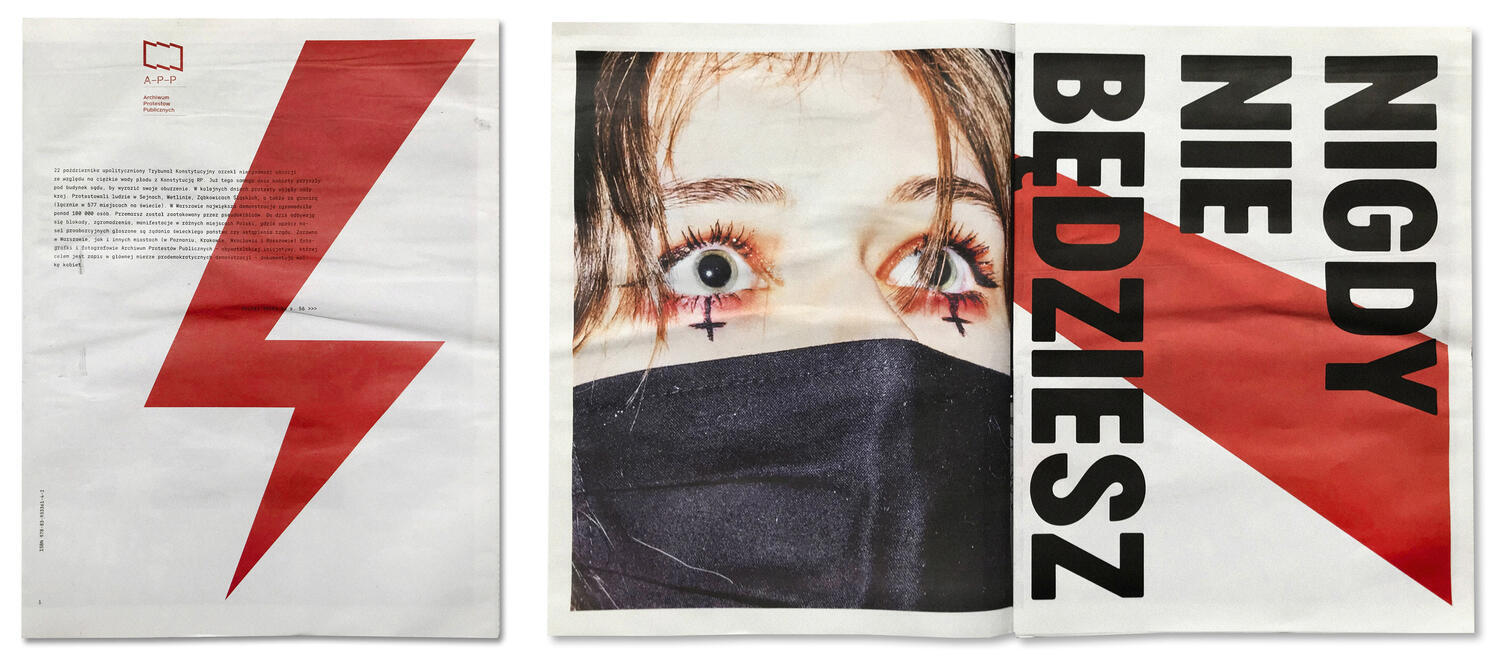
The Strike Newspaper, 2020–present
Newspaper prints, 58 × 38 cm
In 2015, the Polish right-wing government enforced discriminatory policies against minorities, such as women, LGBTQ+, and foreigners, but citizens resisted. Especially after criminalizing abortion, including in cases of severe fetal malformation, women took to the streets, and the protest spread to more than 600 places; it became the biggest protest ever in Polish history. The waves of struggles interconnected and became a large wave. As a testimony of the history and witness to the incidents that occurred, documentation and its storage were important. The protest was intense, but the press images didn’t reflect the atmosphere of the sites. Rafał Milach, a member of Magnum and an artist who primarily deals with photography, first proposed the project. In addition to Milach and Agata Kubis, a feminist and queer photographer, many artists, publishers, activities, and researchers have joined forces for the project. Their project includes online archiving and the publication of The Strike Newspaper, which covers what the current media do not report. It functions as a newspaper per se, and moreover its intense design and printed materials are used as protest signs and posters on sites and streets. They intervene into our daily lives in various ways. They can easily become slogan banners that they help even small villages to organize protests. Many visual artists contributed their thoughts and practices, and created the materials with this usage in mind. The newspaper was published for the first time to support the Women’s Strikes protesting the abolition of abortion law. Later those have been extended to the climate issue, LGBTQ+ community, and Belarusian democratic movement and political refugees. The newspaper is actively distributed, and more than 23,000 pages have been published so far around art institutions, civic groups, and protest sites.
The Archive of Public Protests (APP) is a semi-open platform for distributing images connected with social and political tensions in Poland from 2015 until now. The Archive of Public Protests brings together visual traces of social activism, grassroots initiatives opposing not just political decisions but also breaches of democratic norms and human rights. It is a collection of images that constitute a warning against rising popularism and discrimination in the broadest sense of the term: xenophobia, homophobia, misogyny, and also the climate crisis. In establishing the Archive, its creators wish to prolong the life of their images, which are connected with specific events, and whose existence ends with their publication in the press. The A-P-P gathers together photographs in a single, easily accessible collection, which will remain accessible to researchers, artists, and activists. Additionally, use of the Archive’s resources will be open to all users who express a desire to communicate the values with which its creators identify.
https://archiwumprotestow.pl
Elektra KB
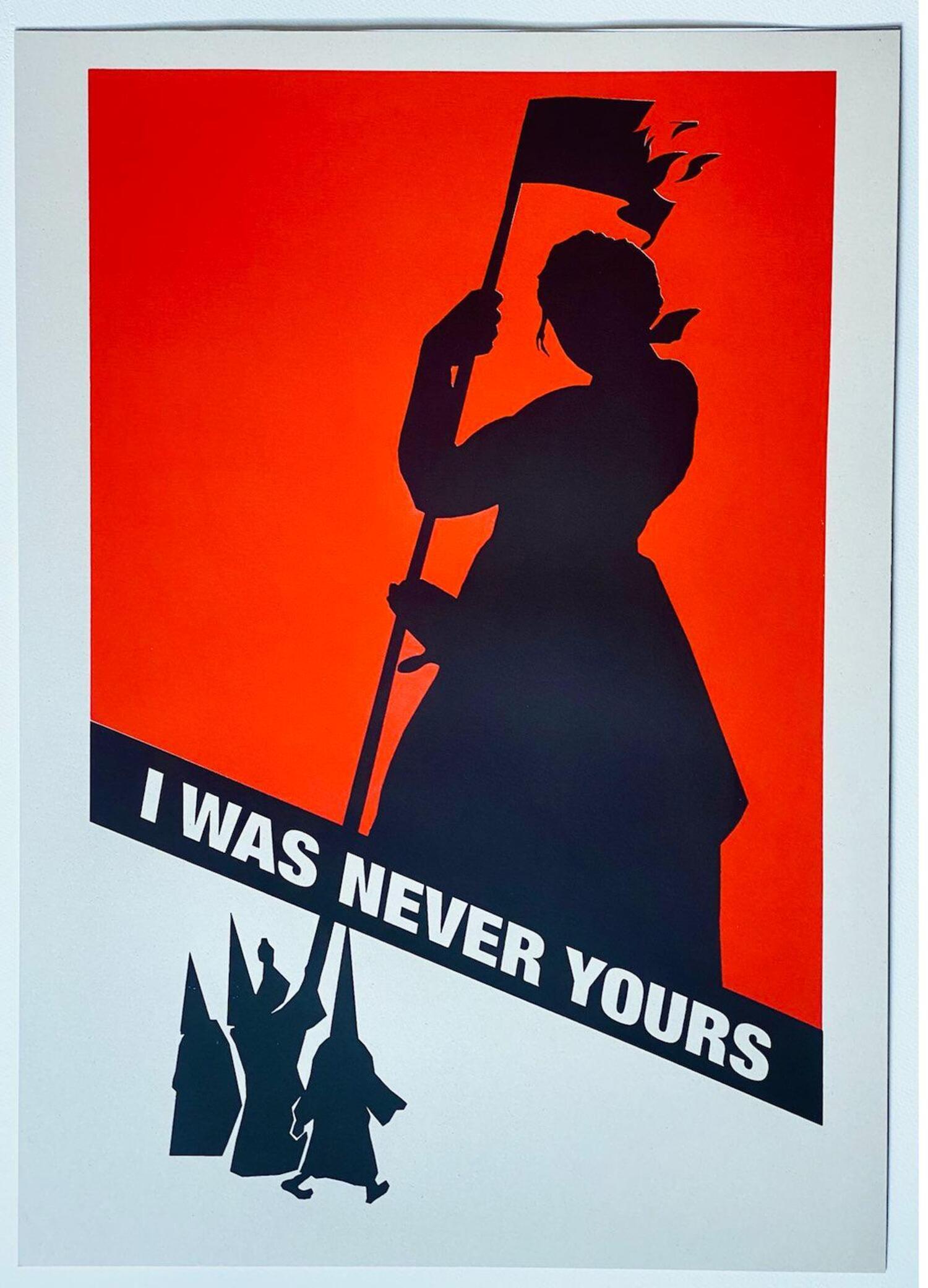
Protest Signs series _ AAA, 2021
Silkscreen on sugar cane papers, 27 1/2 x 19 1/2 inches
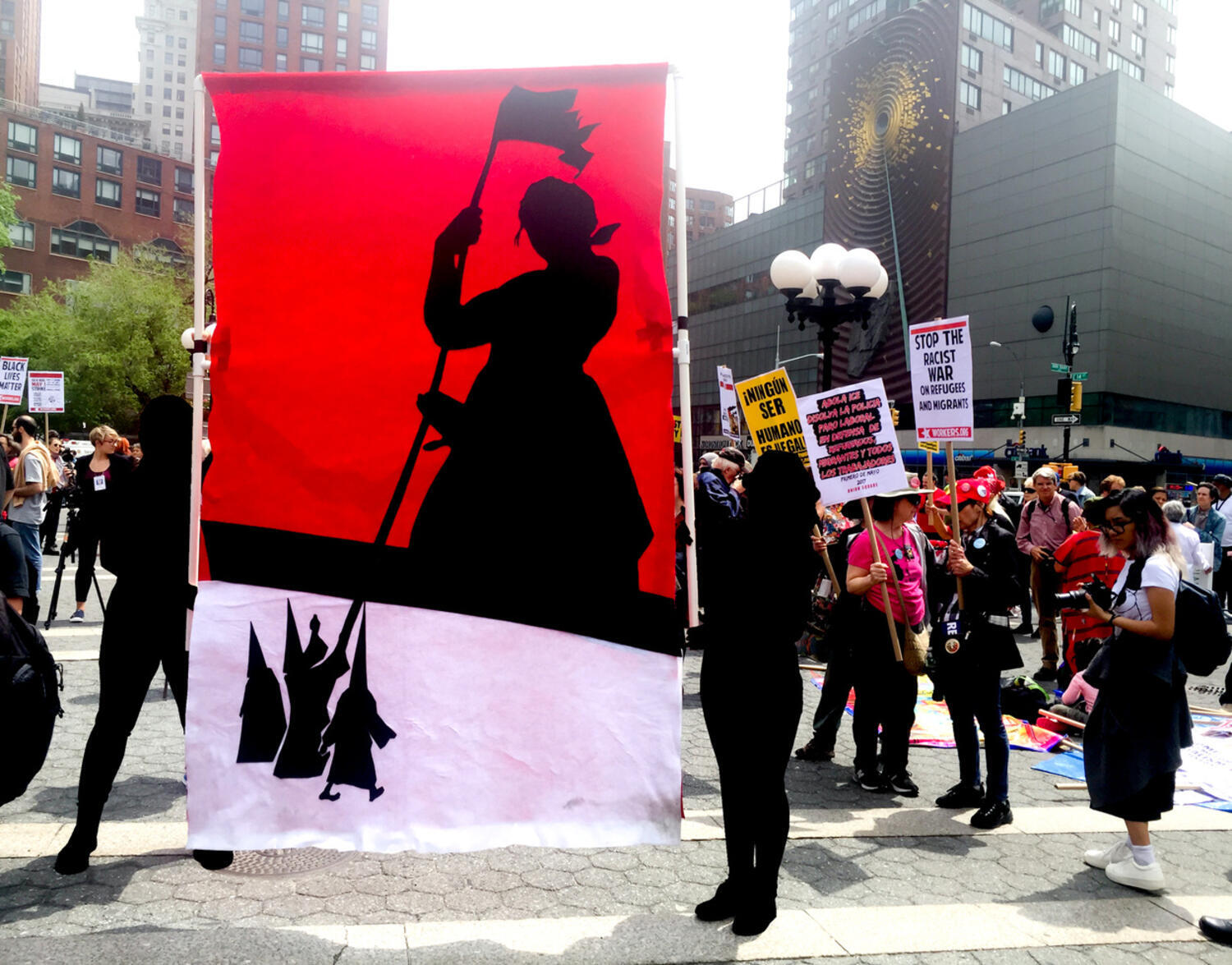
Protest Signs 2017
Protest Performance, May 1, 2017, New York
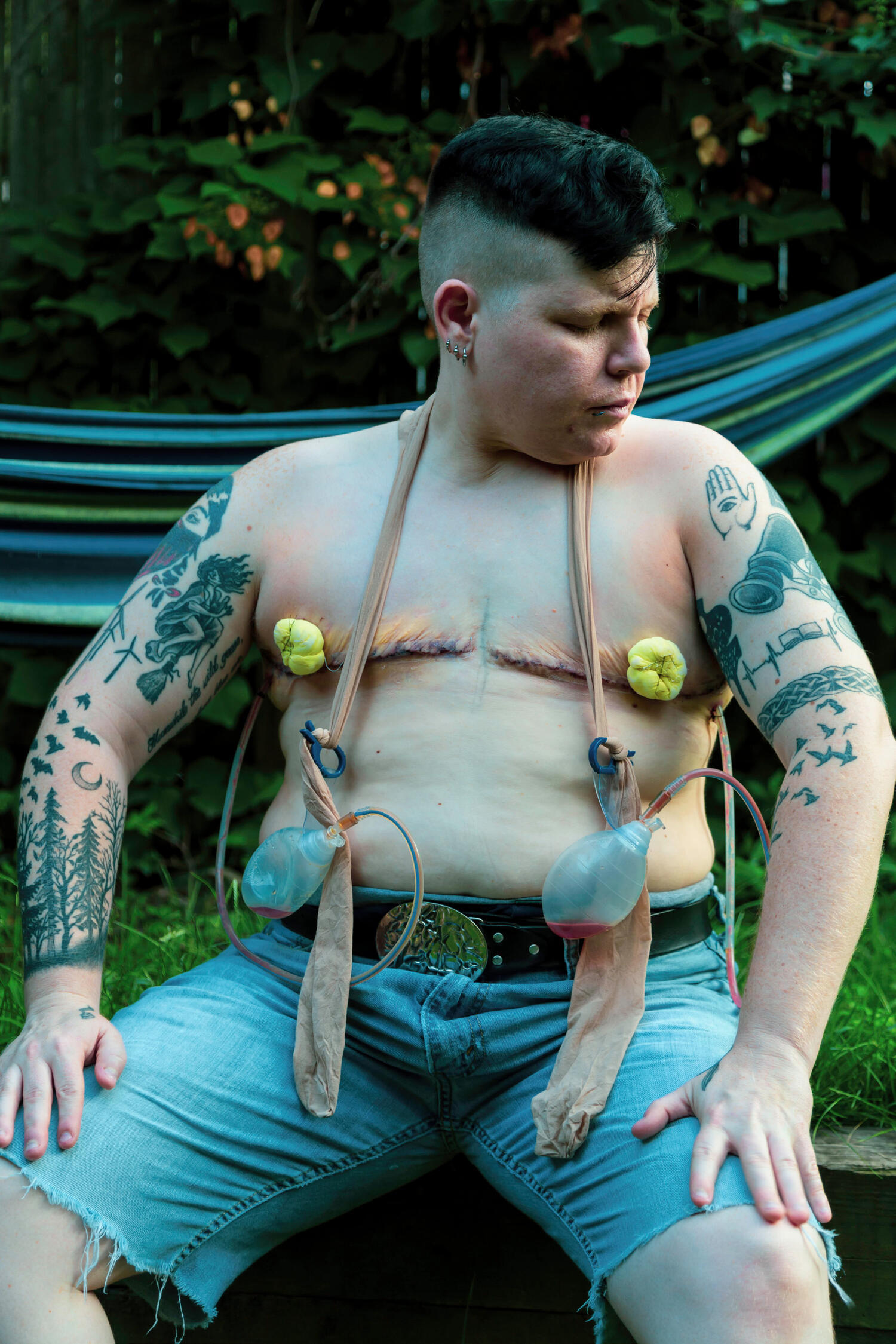
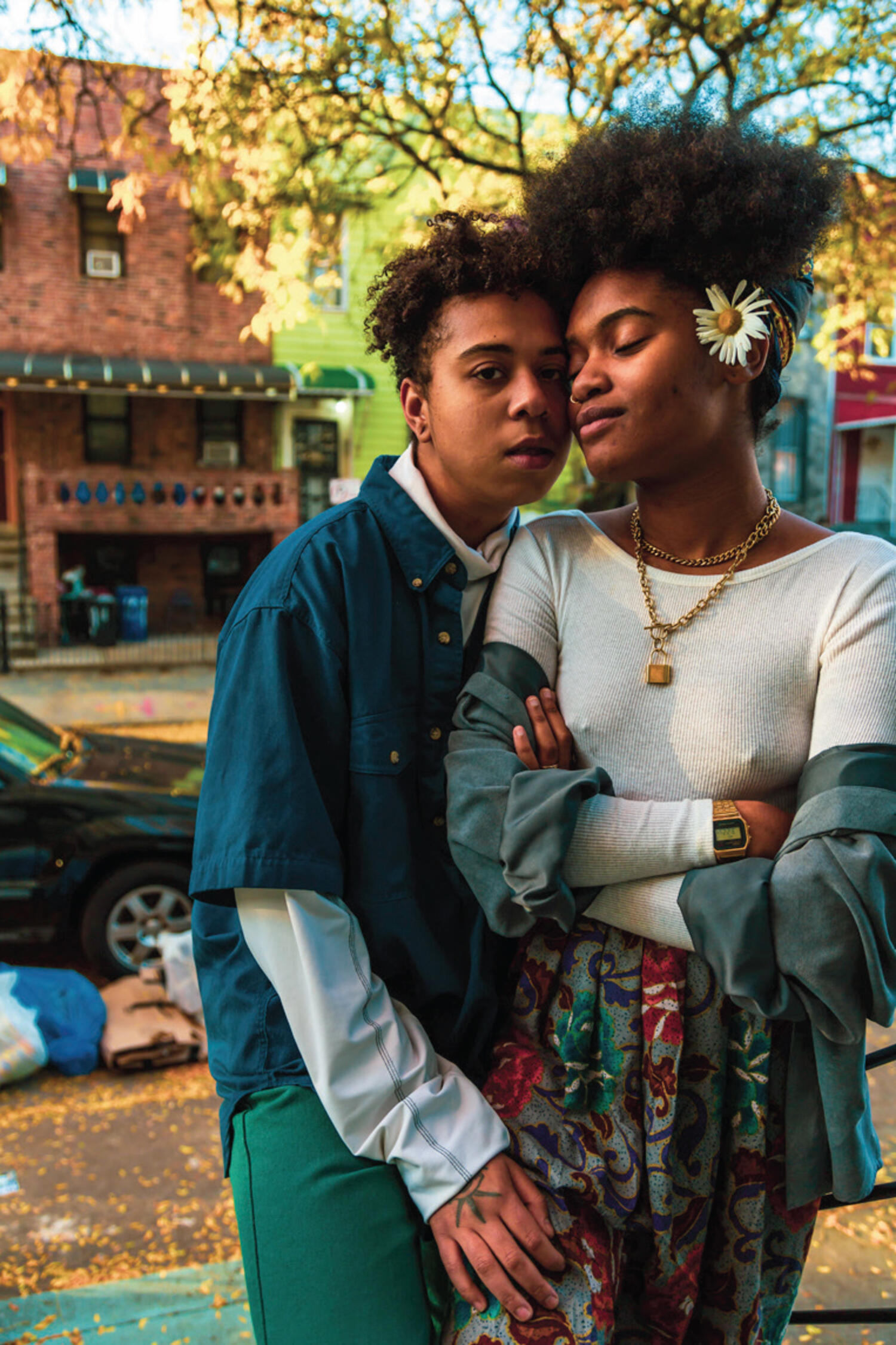
QUEER ALTERATIONS FOR A POST-NUCLEAR KIN:
RADICAL FAMILY STRUCTURES OF CARE AND MUTUAL AID FOR CYBORGS AND GODDESSES, 2021
Photography, text, publication, mixed media, dimension variable
Elektra KB’s works are situated in the intersection between reality and imagination, constructing narratives beyond space and time where various sources are mixed. The artist also deals with various media, from performances that respond immediately to the body to fabrics that require every stitch to be detailed. The subversive and sci-fi image reproduction is visually unique. In addition to the strong imagination as an artist, Elektra KB creates works that are backed by research and firmly based on realistic issues, especially dealing with minorities and diasporas, such as disabled, LGBTQ+, and immigrant groups.
The Protest Signs series is recontextualized as artwork after the artist uses signs for participating in a march or protest. The artist is interested in creating a public forum by once again discussing the event through the exhibited works. As a part of series, a poster with the strong message ‘I WAS NEVER YOURS’ is installed in this exhibition. It was produced and used during the Women’s March that began in 2017 as a protest against the racist and misogynistic attitude of the administration of President Donald Trump. A declaration-like sentence corresponds to the title of this exhibition—When the Body Becomes a Manifesto—and greets the audience at the entrance.
Queer Alternations for a Post-nuclear Kin: Radical Family Structures of Care and Mutual Aid for Cyborgs and Goddesses reveals its most part of it for the first time at this exhibition. Unlike the other pieces, the work has an intense element that is reminiscent of a documentary. As an immigrant, Elektra KB moved from Columbia to such places as New York and Berlin, and encountered queer communities in Bogota, Berlin, and New York, where community members shared many parts of each other’s lives. The artist suggests various forms of partnership beyond nation, religion, traditional family norms, and heterocentric relationships. Further, the artist explores the possibility of creating a relationship for those who suffer from emotional and physical illness where they can avoid burdening a single partner economically, emotionally, and physically.
The work, which depicts the transgender writer Red Washburn, a colleague and friend of Elektra KB, describes a trans process with photos and texts. It presents physical pain and difficult emotions in a heartfelt way. However, Washburn’s Liberation Day throws a heavy question to Korean society, where discrimination and hatred against transgender people are rampant and images are wrongly consumed.
Elektra KB is a Latinx immigrant artist, living and working in Brooklyn, NY. They grew up in a rural hospital in Colombia with an army of nurses, doctors, and cooks –as a result of a cold war era Soviet-Colombian union. They graduated with an MFA from Hunter College in 2016 and received a DAAD award, pursued at UDK—Berlin with artist Hito Steyerl (2015). KB’s work has been written about in: Art Forum, Artnews, Hyperallergic, BOMB, The Guardian and The New York Times among other publications. Some recent shows include: ‘Nobody Promised You Tomorrow: 50 Years After Stonewall’ (2019) at the Brooklyn Museum, ‘Abortion is Normal’ at Eva Presenhuber, NY (2020) and the forthcoming ‘Who Will Write the History of Tears (Postsecular)’ at Muzeum Sztuki Nowoczesnej w Warszawie (2021). KB was chosen as Artsy’s: ‘Women Artists Who Deserve Our Attention…' in 2020. Their works are held in the collections of the Yinchuan Museum of Contemporary Art in China, The Fondation Pour l’art Contemporain Salomon and the Museum of Modern Art in Warsaw.
Their work engages corporeal sickness and disability, with utopian possibilities and alternative universes. KB investigates gender, migration, transculturality, and abuse of power. Their work entangles mutual aid, political action, and communication, often with a documentarian-sci-fi-like hybrid approach, exploring utopia and dystopia in juxtaposition with a parallel universe. They work across: textiles, photography, video, installation, and performance. Building spaces engaging with concepts such as: learning or healing, through the reinterpretation of quotidian objects and symbols, such as the: Immigration Checkpoint, Freedom School or Hospital Room.
http://elektrakb.com / kb.elektra@gmail.com / @elektrakb
Kira Dane & Katelyn Rebelo

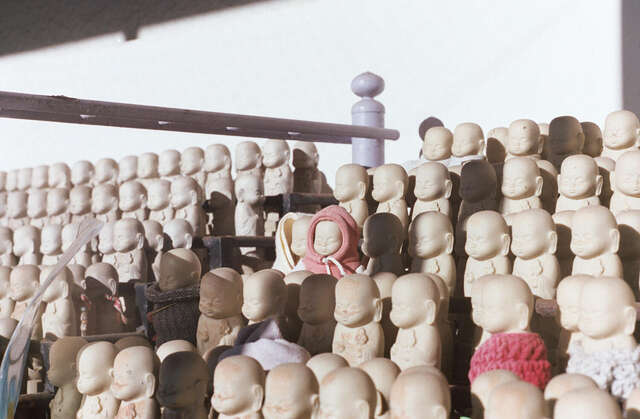
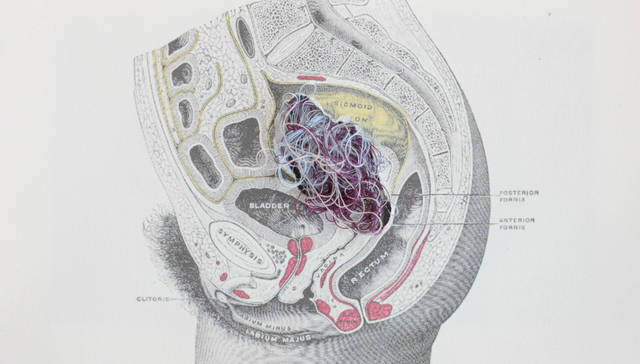
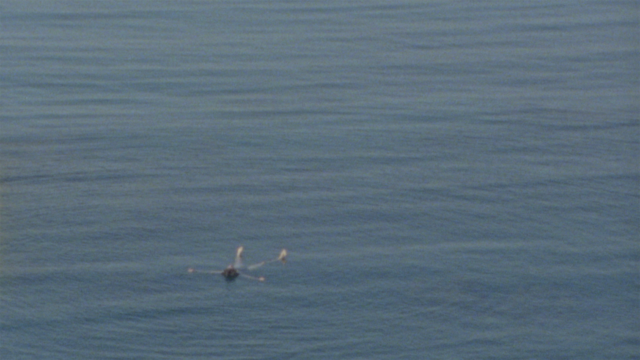
Mizuko, 2019
Single-channel video, 14’ 45”
Mizuko is a term used to refer to a child who has lived in the womb for a while but has not been born. It literally means “child of water,” referring to living in water (amniotic fluid) and returning to water. There is also an offering to mourn Mizuko in Japan, a Buddhist ritual centering on a metaphor for returning the child of water back to the water. From a Western perspective, where life (age) begins only when one emerges from the water (amniotic fluid), this can be an unfamiliar concept.
The artist Kira failed to abort a pregnancy even after taking the morning after pill and going to the operating table. As a Japanese-American artist, decision making was not complicated living a society where abortion is non-criminal and medical information is widely shared. However, the physical pain and subtle emotions coming from abortion are not as simple.
In this work, the artists do not talk heavily about the decision to terminate a pregnancy; rather, they describe the process and the various and delicate emotions that come after it. Those sentiments were not even felt under the repression of crime in a society where it is not easy even to find a clinic, since abortion is illegal. Apart from the sense of guilt imposed in a society that reduces women’s bodies to reproductive tools, there are private and natural feelings expressed, such as sadness and mourning.
The conservative view of refusing to recognize a woman’s right to make autonomous decisions about her body treats women as having no sympathy for life because for them, the fetus’ right to life and women’s autonomy cannot both hold. In South Korea, we now live in a world free of abortion crime. It is time to look at our bursting emotions in a variety of ways and finally affirm them.
Kira Dane is a half-Japanese and half-American filmmaker from New York currently based in Nara, Japan. Having been shaped and informed by two very different cultures, she is most interested in telling documentary stories that use animation and experimental forms to dig for nuance. <Mizuko> won Special Jury Mention at IDFA (2019) and SXSW (2020), and won Best Documentary Short at Atlanta Film Festival. Kira was a 2019 fellow of the Sundance Ignite Program.
http://www.kiradane.com
Katelyn Rebelo is a filmmaker based in Brooklyn. Her work combines non-fiction and experimental forms, often exploring stories that reimagine concepts of femininity, memory, and autonomy. <Mizuko> won Special Jury Mention at IDFA (2019) and SXSW (2020), and won Best Documentary Short at Atlanta Film Festival. She is currently a Creative Culture Filmmaker Fellow at Jacob Burns Film Center.
http://katelynrebelo.com
Ola Jasionowska
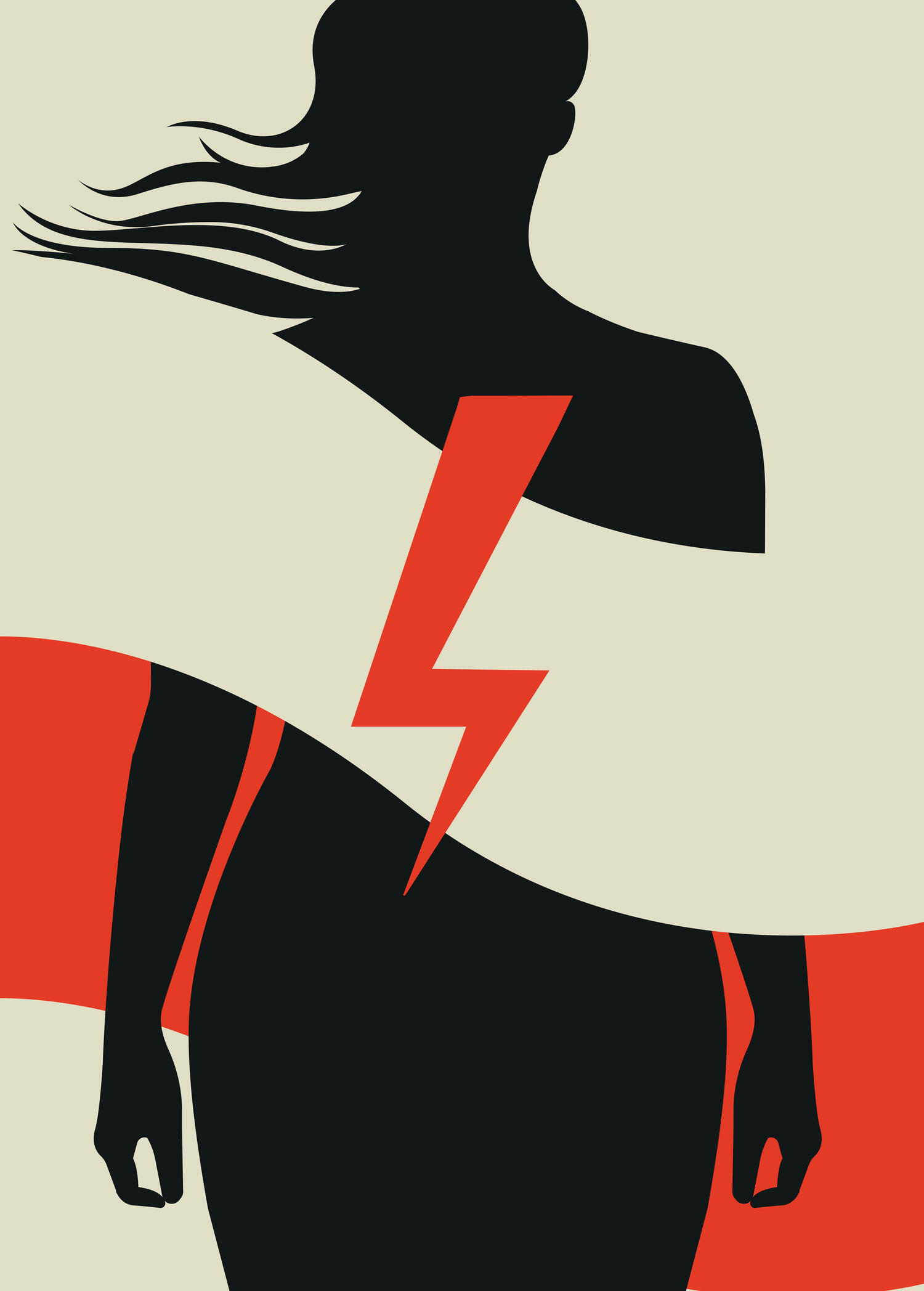
Red Lightning Bolt, 2020, Poster installation, 100 × 70 cm
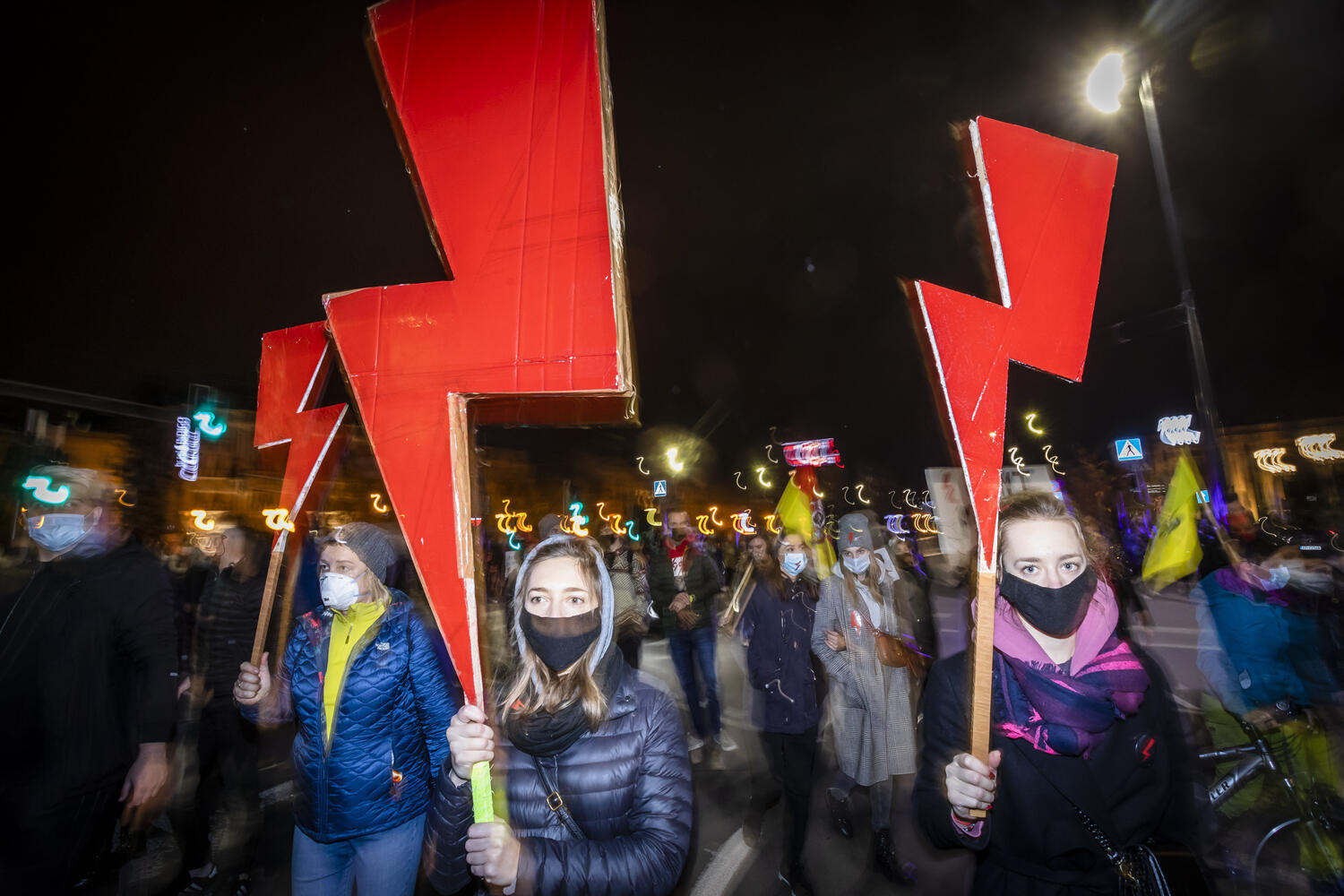
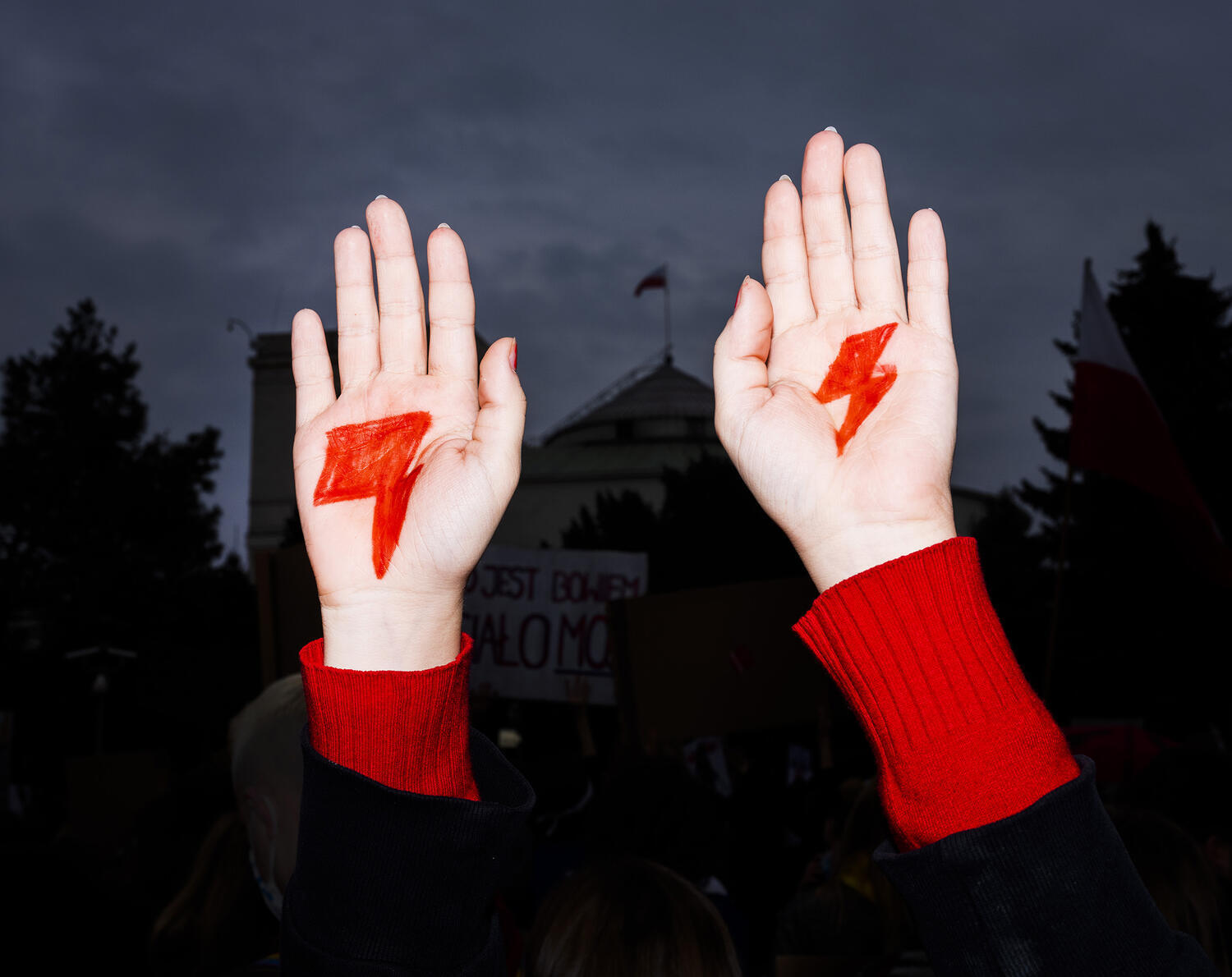
‘Red Lightning Bolt’ used at protest sites (A-P-P images)
There is a symbol used all over the country by protesters in Poland—a lightning-shaped design drawn in red. After graphic designer and feminist Ola Jasionowska first created the logo in 2016, it began to be actively used in protests around Poland. After the anti-abortion law protest and as the protests grew, it was transformed and used in protests in various ways, such as on picket signs, on posters, on T-shirts, and in graffiti. As Polish women’s protests influenced the Women’s Strike movement internationally, the symbol came to be used in various countries beyond Poland and became a symbolic image of the Women’s Strike struggle. Like the yellow ribbon logo in Korea, a symbol of commemoration for the victims of the Sewol ferry disaster and urging the investigation to find the truth, this red lightning bolt, which is easy to draw, has penetrated everywhere: We oppose misogyny and everything that deprives women’s rights. It can easily be found in the A-P-P photo archive of Polish protests, and the lightning symbol was also used in the design of The Strike Newspaper.
Ola Jasionowska is a Polish graphic designer and illustrator. She has worked with multiple art institutions, such as the Polish National Theater, Warsaw Wielki Theater, Warsaw Polski Theater, and Warsaw Museum of Modern Art. She has illustrated for the press and such publications as The New York Times and Poland’s oldest weekly magazine, Przekrój. She served as Art Director of the Warsaw City Urban Design Business. She is the designer who created the red lightning mark, symbolically used at the scene of nationwide protests that started with the anti-abortion law movement.
https://www.behance.net/olajasionowska / olajasionowska.posters@gmail.com
Director Hwayong Kim
Kim Hwayong, centered in the identity issues generated by stereotypes and ideologies, has worked on her concerns about institutions, boundaries, diversity and gender with different methodologies including cultural movements, meetings, trips, workshops and performances. More recently, discovering the political powers and the potentials for solidarity from those who artistically organize their lives more than the art itself. She has worked on her research about the exploitation of non-human organisms that have been concealed behind the myth of culture/art, standing from a foundational vegan point of view.
Organizing the workshop, ‘GAOK : Space for cultural producers’, she has experienced the possibilities for collaboration with different professionals outside of the art institutions and worked as a member of the Okin Collective, an artist collective that explored the relationship and coexistence between society and art.
As an artist, Kim has participated in Reclamation, New Rocks, Stray Dogs, Birds, and Acoustics of the Garden (Incheon Art Platform, 2021, Curated by Hyunjin Kim), Earthbound (Amado Art Space, 2020, Curated by Minhwa Yun), Korean Artist Prize 2018 (National Museum of Modern and Contemporary Art, 2018), Reenacting History (National Museum of Modern and Contemporary Art, 2017), and Kim organized different projects Go-vegan, Un-learning : a New Terrain of Culture and Art Drawn with the Veganism (BOAN 1942, 2020) and Zero Makes Zero(2020-2021, co-curated by Min-Hyung Kang, Youjin Jeon)
circuswoman@gmail.com
